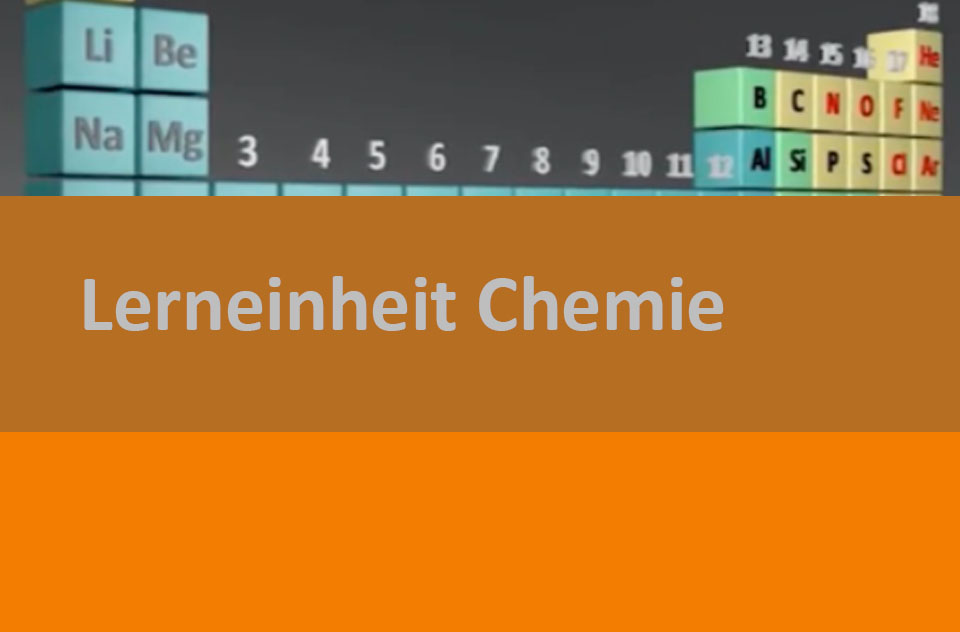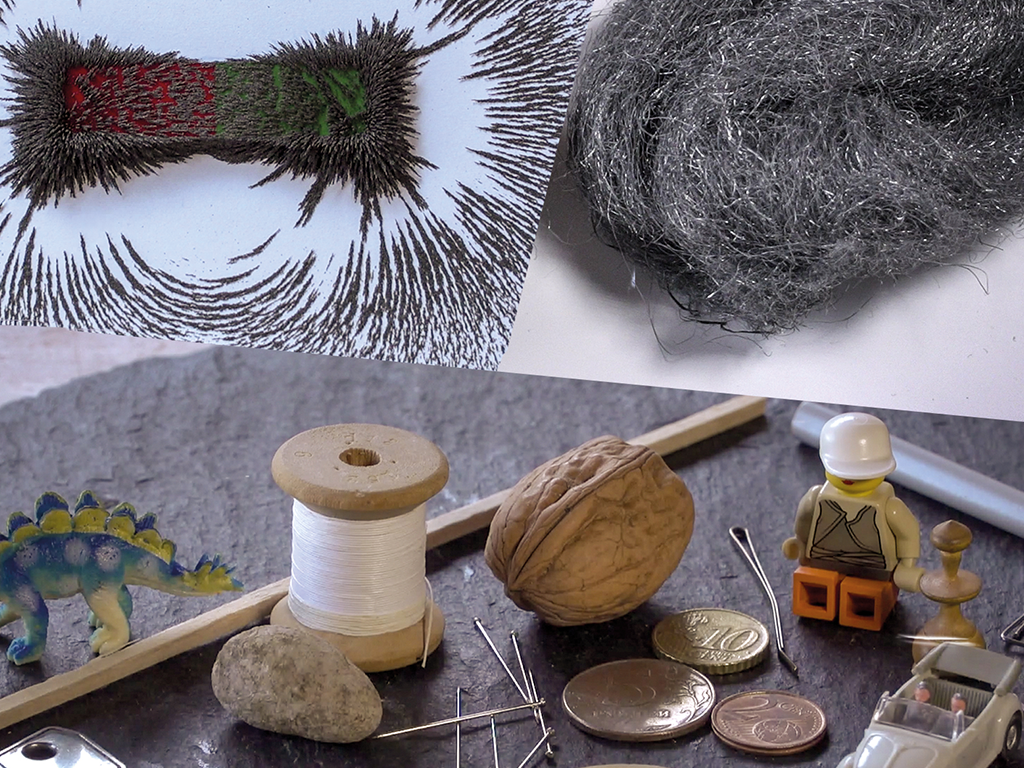
55502602
Alkalimetalle
In 11 interaktiven Aufgaben und Videos werden die Eigenschaften und Verwendung von Alkalimetallen vermittelt und anschließend abgefragt.
Das Medium bietet H5P-Aufgaben an, die ohne zusätzliche Software verwendbar sind.
Durch interaktive Aufgabentypen wird das audiovisuelle und interaktive Lernen einfach.
Lernen macht jetzt Spaß!
Included Tasks
- I Alkalimetalle - Video mit interaktiven Aufgaben
- II 1.Hauptgruppe des PSE - interaktive Aufgabe
- III Alkalimetalle - Bildpaare finden
- IV Flammenfärbung der Alkalimetalle - Video mit Aufgaben
- V Physikalische Eigenschaften - interaktive Aufgabe
- VI Verwendung von Alkalimetallen - interaktive Aufgabe
- VII Reaktion von Natrium mit Chlor - interaktive Aufgabe
- VIII Natrium-Kalium-Wissen - interaktive Flashcards
- IX Farbige Silvesterraketen 1 - Lückentext
- X farbige Silvesterraketen 2 - interaktive Aufgabe
- XI Alkalimetalle - Quizfragen
Curriculum-centred and oriented towards educational standards
Matching
Materials and Substances of Everyday Life
Hearing these words, you first think of the materials our clothing is made of. But all objects surrounding us in everyday life consist of one or several materials.
Lerneinheit Chemie 8 – Kalk
In unserem Arbeitsheft „Lerneinheit Chemie 8 – Kalk“ finden Sie 10 interaktive und didaktisch aufbereitete Aufgaben zum Thema Kalk.








